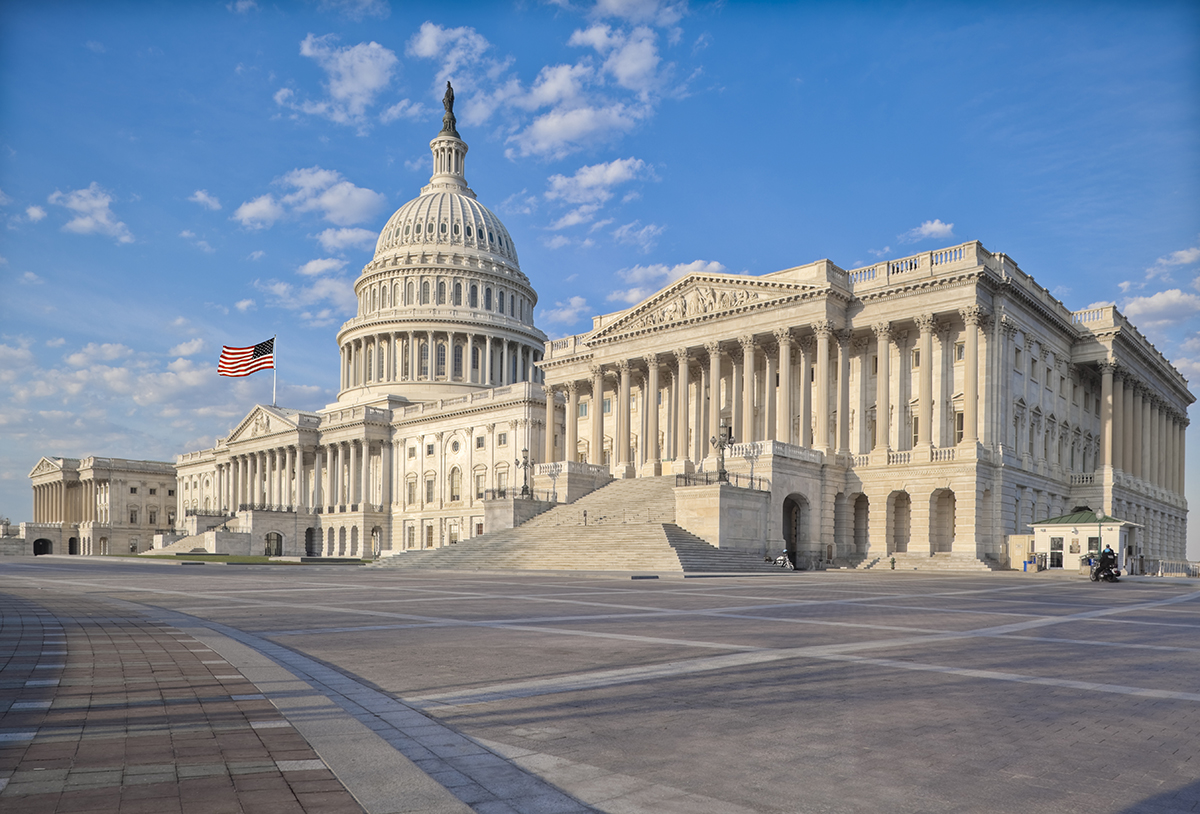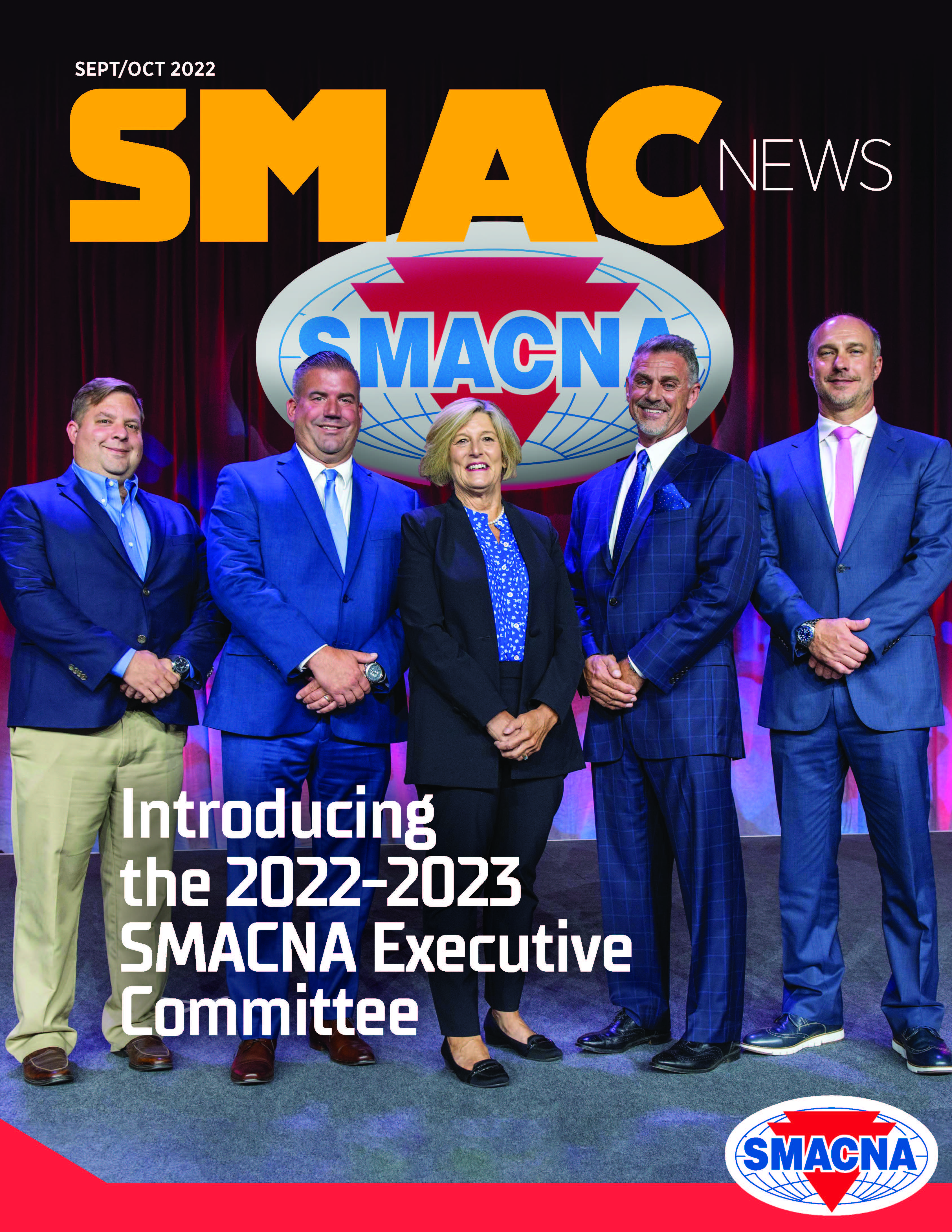Capitol Hill Update: FY2023 Budget: Chaos Again With No Final Budget
The House has passed one government funding package consisting of six spending bills for the fiscal year that begins on Oct. 1. But the remaining six measures — including the two biggest bills, Defense and Labor-HHS-Education — won’t see any floor
 Given the political uncertainty leading up to the midterm elections in November, congressional leaders are unlikely to strike a bipartisan spending agreement before current funding runs out, necessitating a continuing resolution to keep the government funded for a few more months.
Given the political uncertainty leading up to the midterm elections in November, congressional leaders are unlikely to strike a bipartisan spending agreement before current funding runs out, necessitating a continuing resolution to keep the government funded for a few more months.
The House has passed one government funding package consisting of six spending bills for the fiscal year that begins on Oct. 1. But the remaining six measures — including the two biggest bills, Defense and Labor-HHS-Education — won’t see any floor time until later in the year.
Fall Weeks in Congress: Limited Time, More Priorities
Having passed the CHIPS and Science Act and the reconciliation package (Inflation Reduction Act), the fall agenda remains focused on passing a FY23 budget resolution, a tax reform and extender package and countless nominations on the Senate side. Other high-profile targets will be the SAFE Banking Act, Section 179 bonus depreciation extension, and change order reforms. The final Davis-Bacon and PLA are expected in final form and a new draft rule boosting enforcement against independent contractor cheating in construction is coming soon.
The newly enacted Inflation Reduction Act (IRA) legislation includes more than $369 billion in commercial, residential, industrial and commercial energy efficiency projects and retrofits, $300 billion in deficit reduction, negotiates some prescription drug prices and extends Affordable Care Act subsidies through 2024. It adds to revenue by collecting due but uncollected federal taxes estimated at $1 trillion outstanding and growing monthly, by increasing IRS oversight.
Adding the IRA’s massive retrofit tax credit incentives to the historic infrastructure law signed last year to the $60 billion in CHIPS and Science tax credits for prevailing wage, registered apprenticeship contractors, it is easy to see a flood of high-value contracts coming soon. In addition, federal contractors will soon be using SMACNA-endorsed rules for PLAs and largely reformed Davis-Bacon Act regulations for the coming five years or more to boost even more demand for union contractors in the marketplace.
SMACNA Endorses Looman for Director of WHD
SMACNA contacted the U.S. Senate with a strong and enthusiastic endorsement for Jessica Looman to serve as Administrator of the U.S. Department of Labor’s Wage and Hour Division (WHD). SMACNA rarely endorses a nominee for federal office. However, we make a special exception to support Jessica Looman to be WHD Administrator due to years of appreciation for her dedication and ability, as well as our first-hand experience viewing her fairness, judgement and professionalism at the state and federal levels. Our member corporations have appreciated her work up close, from her service as Minnesota Commissioner of Commerce, Assistant and Deputy Commissioner of the Minnesota Department of Labor and later as Executive Director of the Minnesota State Building and Construction Trades Council.
Looman has made significant progress on important goals most labor and management organizations support, from expanding construction career pathways to including greater diversity and inclusion in the construction industry to protecting the physical and financial health of the construction workforce. In addition, in Minnesota she worked to increase private and public investment in construction infrastructure, an effort benefitting contractors and workers alike, as well as the Minnesota taxpayer. During tenure at the Minnesota and U.S. DOL, she actively supported increasing construction workforce training quality, public project safety and productivity. Three high-priority policies for our member corporations and skilled workers include: reforming the nation’s prevailing wage laws, enforcing construction worker misclassification rules, and reforming and enforcing registered apprenticeship standards. On these long-ignored regulatory matters she has earned the trust of our industry and introduced policy proposals important to our firms and their highly skilled construction trades employees.
SMACNA Supports Administration PLA Reforms
The Biden administration proposed a new rule that would require Project Labor Agreements (PLAs) on federal construction projects valued at $35 million or more. The new regulation comes after President Biden’s executive order requiring PLAs on nearly all federal projects. Earlier this year, the Biden Administration issued a Presidential Executive Order #14063 requiring federal construction projects of $35 million or more be issued under a PLA with certain exceptions. Under certain circumstances the EO allows PLAs under $35 million but are not required.
An estimated $262 billion in federal construction contracts and around 200,000 construction workers are expected to be impacted by projects under the Executive Order. As part of the process on Aug. 19, the Federal Acquisition Regulatory Council (FAR Council) released their proposed regulations for a 60-day public comment period. SMACNA submitted detailed comments in general support of the proposed new rule. SMACNA continues to champion the use of PLAs on all federal projects where appropriate.
PLAs routinely clarify expectations between all involved parties while also ensuring that a project is completed in a manner that delivers maximum value to the taxpayers in conformance within budget and timing parameters. PLAs are most often found on private projects of significance where quality and expertise are highly valued by building owners and developers, but to date have not been frequently issued on federal projects. That should quickly change once the new PLA rules are in place.
Published: October 31, 2022
IN THIS ISSUE
Big Project Requires Big Ductwork
Apollo Mechanical tackles a project for one of the world’s largest manufacturers in the semiconductor industry.
Building Based on Relationships
This Canadian sheet metal company is thriving without a shop, building a successful business on the back of great relationships.
Capitol Hill Update: FY2023 Budget: Chaos Again With No Final Budget
The House has passed one government funding package consisting of six spending bills for the fiscal year that begins on Oct. 1. But the remaining six measures — including the two biggest bills, Defense and Labor-HHS-Education — won’t see any floor
CEO UPDATE: SMACNA Focuses On 2023 Priorities
It was wonderful to see so many SMACNA members at our convention in Colorado Springs. The Broadmoor is one of my favorite destinations, and it did not disappoint. I have always admired their ability to provide outstanding customer service every time
Expanded Section 179D Tax Savings for Energy-Efficient Building & Design
The Inflation Reduction Act, signed and passed into law on August 16, 2022, includes $369 billion in climate and energy spending.
Finding and Keeping Good Field Leaders
Field supervisors, project managers and superintendents represent an outsized slice of the struggle to attract and retain talented people. There are two major challenges to finding and keeping good field leaders.
Focusing on Fire Safety
SMACNA introduces Fire, Smoke, and Radiation Damper Installation Guide for HVAC Systems, 6th Edition.
In-House, Local Fabrication Helps Secure Building Project
IMC’s location, unique skillset and general contractor relationship secures them a 5-story, mixed-use building project in Sioux City, Iowa.
NLRB’s Recent Activity Constrains Employer Dress-Code Rights, Increases Joint-Employment Exposure
A flurry of late-summer activity from the Biden-dominated NLRB has produced at least two noteworthy changes for employers regarding displays of union insignia, and joint-employer status.
SMACNA Convention: Building Resilience Through Adaptation
Amid constant change, SMACNA convention attendees learn to adapt and grow.
Spotlight On Indoor Air Quality
It is a great privilege to serve as SMACNA’s president and to have seen so many of you at SMACNA’s National Convention in Colorado Springs. As I mentioned on stage, one of my favorite sayings to live by is, “If it's worth doing, it’s worth doing
Welcome New SMACNA Members
Welcome New SMACNA Members
What All Contractors Need To Know About CMMC
Honestly, this is the freight train that is heading toward the construction industry, and while some contractors are aware and working on this, so many companies in construction have no real clue about this potentially harmful (financially)


